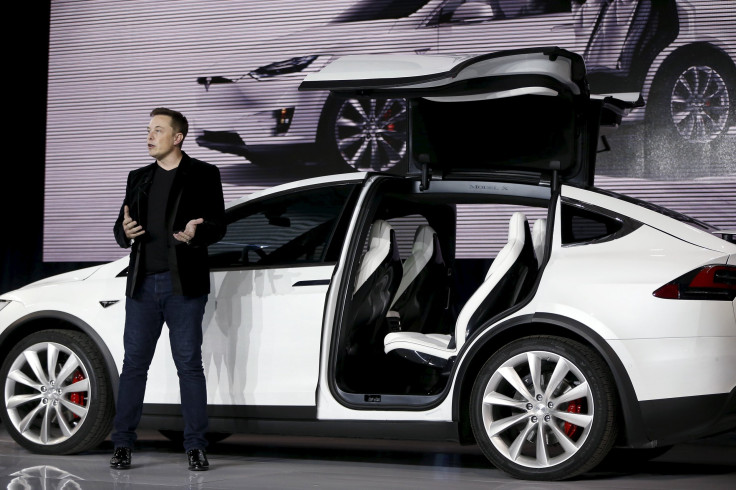Car Safety Ratings 2017: Tesla, BMW Electric Cars Fail To Make Top List In Crash Test

Electric-vehicle maker Tesla Motors has garnered negative publicity over the past year for crashes involving its self-driving technology, at least one of which was fatal, but more recently, its Model S performed poorly in an ordinary crash test, according to safety ratings released Wednesday.
The Insurance Institute for Highway Safety, which produces a list of top crash test performers each year, left the Model S out of its 2017 list of large luxury sedans in the “top safety pick” category, which includes dozens of models from the given year. Also missing was BMW’s electric car, the i3.
Two all-electric cars miss the mark for IIHS safety awards - IIHS News: https://t.co/VVopCbFzyU via @YouTube
— IIHS (@IIHS_autosafety) February 1, 2017
The Arlington, Virginia-based nonprofit organization, which receives funding from car insurers, said the Model S earned “good” ratings in four of the IIHS’s five crash safety categories, but won a merely “acceptable” rating when the test dummy’s safety belt allowed its head to jerk forward so forcibly that it punctured the front airbag and struck the steering wheel.
“Measurements from the dummy indicated that injuries to the head, along with the lower right leg, would be possible in a real-world crash of the same severity,” the IIHS said in a press release. The organization noted that the test applied to cars built after October, and that the company, led by the South African inventor Elon Musk, had made a production change on Jan. 23 to solve the issue. Tesla confirmed that it had fixed the problem, and wrote in an email that it would be beefing up its crash safety even further with an "automatic emergency breaking" feature, which will be rolled out as an over-the-air software update "in the coming weeks."
The Model S also performed poorly when it came to the strength of its roof, as well as its headlights, which received a rating of “poor.”
As for the i3, BMW’s model won an “acceptable” rating for its inability to protect drivers from neck injuries, which, while “rarely fatal,” can lead to “debilitating pain,” the IIHS said. Still, the organization’s executive vice president, David Zuby, said in the release that drivers shouldn’t be too worried.
“There’s no reason the most efficient vehicles can’t also be among the safest,” he said. “We hope Tesla and BMW will continue to refine the designs of their electric models to maximize driver protection and, especially in the case of Tesla, improve their headlights.”
In better news for Tesla, the National Highway Traffic Safety Administration cleared Tesla of any fault in the deadly May 2016 crash of its Model S, which had been using the partially autonomous Enhanced Autopilot feature.
“The Autopilot system is an Advanced Driver Assistance System (ADAS) that requires the continual and full attention of the driver to monitor the traffic environment and be prepared to take action to avoid crashes,” the NHTSA said in a Jan. 19 note on the closure of its investigation, adding that the system isn’t fully autonomous, but relies on drivers responding to alerts and other “visual cues.”
© Copyright IBTimes 2025. All rights reserved.






















